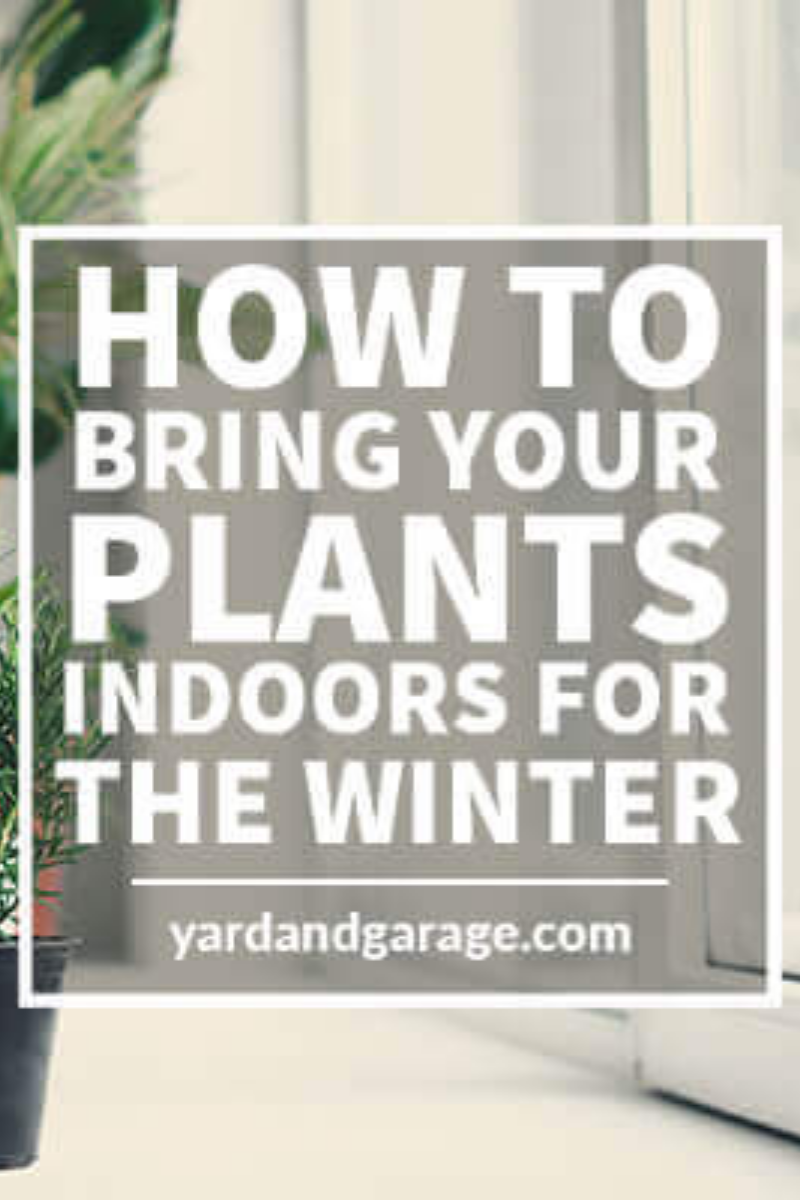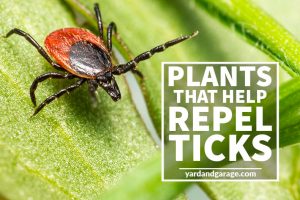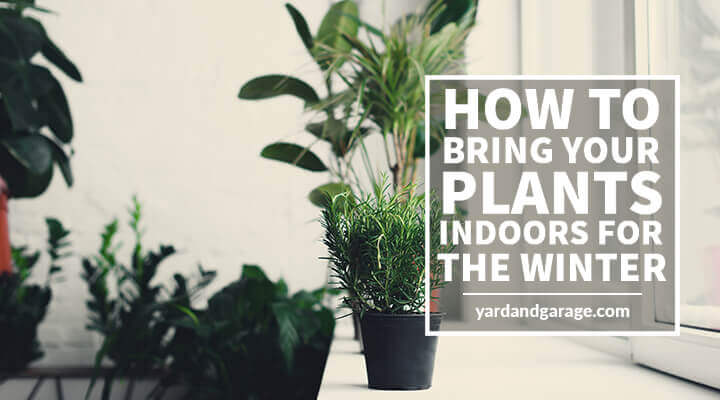
Fall is upon us, but your lovely landscape plants don’t have to fall victim to the cold and snow. Many outdoor plants can be moved indoors so you can enjoy their beauty even when the world is white outside.
When your plants are in easy-to-move containers it makes the job of moving plants indoors much simpler, but even plants in the ground can be potted and brought inside for the fall and winter seasons.
Tropical plants need to be brought indoors when the nighttime temperatures get down to 50 degrees Fahrenheit while native annuals may survive until frost sets in. Bring in the non-tropical plants two weeks before your areas first average frost date.
Plan ahead to bring your outdoor plants indoors, so they will have time to adjust to their new environment.
Choosing a Suitable Indoor Location
Before taking your plants out of the ground, decide if you have room in the house for them, and where you are going to put them! Sunny windows are good locations for indoor plants, but avoid letting the leaves touch a cold window or they could become damaged.
Humidity Considerations
You’ll want to keep your plants out of drafts and away from heat registers. Bring your plants in before you have to crank up the heat in the fall so they can gradually get used to the heat’s drying effects.
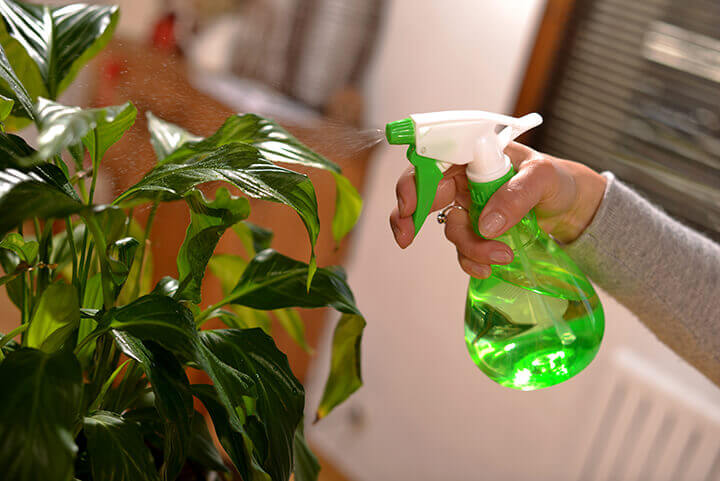 The dry winter air inside our homes can wreak havoc on plants, so a well-lit bathroom or laundry room can be the perfect place for your plants. Provide extra humidity by misting the leaves daily.
The dry winter air inside our homes can wreak havoc on plants, so a well-lit bathroom or laundry room can be the perfect place for your plants. Provide extra humidity by misting the leaves daily.
You can also increase the moisture levels inside your home by placing the plant’s container on a shallow tray lined with small stones, adding just enough water to cover the stones.
Toxic Plants
Some plants are toxic and may be a threat to pets or small children who might chew on them. When you choose to bring potentially toxic plants indoors, you must find a location for them where house pets and children can’t get at them.
Children might also hurt themselves on containers with sharp corners or pull plants off of tables, so choose safe locations for your indoor plants.
Tips for taking Plants Out of the Ground
Plants that have been dwelling in the earth should be carefully dug up, preserving a good portion of the root ball and disturbing the roots as little as possible.
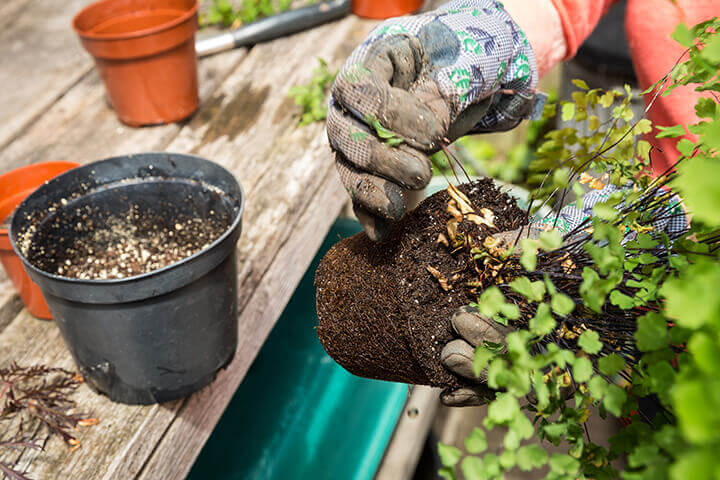 Re-pot the plants in adequately-sized containers that have drainage holes and drip trays. Use potting soil with a light helping of compost instead of natural earth, to prevent pest problems.
Re-pot the plants in adequately-sized containers that have drainage holes and drip trays. Use potting soil with a light helping of compost instead of natural earth, to prevent pest problems.
Debugging Houseplants
Outdoor plants, whether they’ve been in the ground or a container garden, may have pests (such as aphids, spiders, or ants) that you need to eradicate before bringing the outdoor plants in.
You don’t want the pests to continue to cause damage or infest houseplants you may already have indoors. Before repotting your outdoor plants, check for pests.
Even if there are no visible signs of infestation, it would wise to treat the entire plant, the soil, and the container with insecticidal soap. Some plants are sensitive to soaps, however, so check that the particular variety of plant you are repotting can withstand this treatment.
Transplant Shock
It’s important to pot or repot plants as quickly as possible once the roots are exposed to air. Any plant that has been re-potted may go through a period of root shock even when the roots have been handled carefully, so don’t be too discouraged if your plant becomes droopy for a short time; this is to be expected.
As the plants accustom themselves to their new living conditions they will return to their former glory.
Cut Back Large Plants
Cutting the plants back slightly before bringing them in will help keep their size under control, and will encourage new growth. It will also be an advantage in the spring since you won’t have to replant a huge and unwieldy plant.
Food and Water Requirements
During the cool seasons, many plants naturally become dormant or grow at a very slow pace. You won’t need to fertilize your plants November through March while they’re enjoying their new home.
Watering should be done infrequently (only when the soil appears dry) but water the plant deeply enough that water begins to seep out the bottom of the pot into the tray.
Acclimating Your Plants to Their New Environment
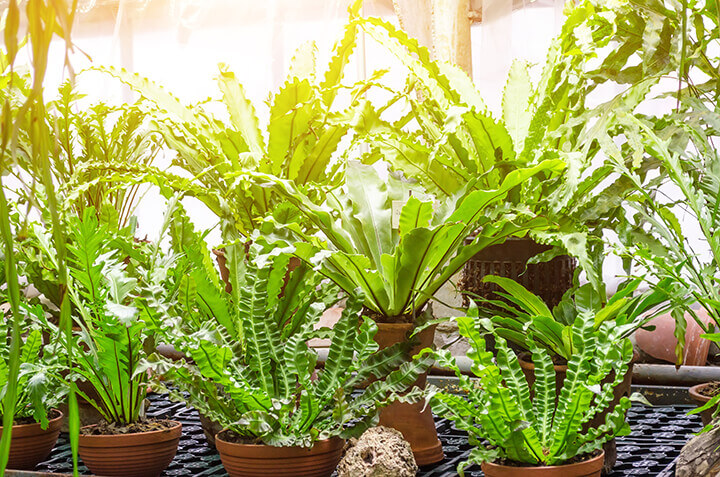 Many plant lovers think they have a brown thumb when they buy gorgeous plants from a greenhouse, only to have the plants shrivel up and die. This isn’t usually the fault of the plant lover, just the plant’s natural reaction to a change of environment.
Many plant lovers think they have a brown thumb when they buy gorgeous plants from a greenhouse, only to have the plants shrivel up and die. This isn’t usually the fault of the plant lover, just the plant’s natural reaction to a change of environment.
Greenhouse plants are grown under perfect conditions of lighting and humidity, and when they are suddenly brought into our dry, dark homes they don’t always adjust very well!
To acclimate your sun-loving outdoor plants to the dim environment you need to keep them in a shady spot outdoors for a week or two after they have been re-potted (if they were already in containers that are easily moved, just move the whole container).
This will help your plants adjust to the change in lighting conditions before you move them indoors.
In spite of your careful efforts, your outdoor plants may wither and droop when you move them indoors. Leaves may yellow or bottom leaves may drop off.
Don’t give up hope!
Trim the plants back as necessary, keep the humidity levels up and the plants in a well-lit location, and they should recover without any lasting damage once they are used to their new home.
When Spring Comes Again
Acclimate your plants to the increasing sunlight gradually. Too much sun, too quickly, will cause the leaves to burn and unsightly yellow spots will appear.
Put the potted plants outside in a moderately shaded area for ten to fifteen minutes the first day. Gradually increase the amount of sun exposure the plants receive over a period of a few weeks before putting them back in the ground.
